At the core of each Josh Rosebrook product is an ingredient synergy complex intended to deliver formulations that include inflammation-supporting and antioxidant-rich ingredients. In this post, we are going to explore supporting inflammation reduction and the herbs that were chosen based on their evidence-based topical benefits.
So what is inflammation? Well, it’s multi-factorial and complicated (hey, what isn’t when it comes to our bodies!). Here’s a simple approach to recognizing different types of inflammation, though we are going to be focusing on the skin as that is our expertise. Inflammation is typically characterized by symptoms such as redness, swelling, itching, and heat with pain and discomfort. It could be provoked by a multitude of sources - environmental, biological, and chemical such as pathogens, genetic, autoimmune response, allergies, diet, stress, poor sleep, lifestyle choices, and pollution. Inflammation can be temporary or chronic, acute or low-grade, or any combination of these. To learn more about our whole-body philosophy and approach, follow this link to see where the conversation about inflammation fits in.
The skin plays an interesting role: through its appearance, it can signal inflammation hidden deeper within the body, or the skin can react with temporary inflammation to a particular stressor. For example, swollen, red, and even painful skin is a normal, temporary inflammatory reaction to a bee sting. However, long term low-grade inflammation due to a leaky gut or unsuspecting allergen could lead to an inflammatory skin disorder, which is your body’s way of signaling an internal issue that needs addressing.
Congestion, irritation, flakiness and several other inflammatory skin conditions often come and go in cycles - commonly referred to as a flare-up. A full-body approach to help determine the internal inflammation triggers is important and goes hand-in-hand with a skincare plan that works to address both temporary and chronic inflammation which has potentially manifested itself in our skin.
In a 2013 study published by Advances in Dermatology and Allergology, researchers had this to say about the power of herbs: “Plant raw materials can have an anti-inflammatory action affecting various stages of the process of inflammation. They inhibit formation of cytokines and eicosanoids, prevent the inflammatory reaction cascade from starting, and diminish skin flare, itching or excessive exfoliation.”
All in all, inflammation is a complex natural process during which the body continues to repair tissue damage and defends itself against harmful stimuli. Cue the extraordinary power of these beneficial herbs and plants!
“The herbs cannot stop the inflammation that is occurring, they support and encourage the body’s natural inclination to restore balance and repair. These herbal powerhouses accelerate this regeneration process, whilst the body does the healing. Decreasing inflammation is part of the solution; removing the allergen, trigger or disruptor is key.”
If you take a look at our INCI’s, you’ll see lots of herbs. This has to do with the ingredient synergy complex mentioned earlier. Many of our herbs sit within infusions - a special process where each herb is calibrated to the best individual extraction method to ensure that the potency of the plant’s benefits is maximized, resulting in an effective performance with the skin. Going a layer deeper, the diversity of our herb portfolio was chosen specifically because each herb has various impacts on inflammation reduction depending on the stage of inflammation within the skin. The takeaway: there is an inflammation safety net built into each JR skincare formula, but taking it a step further, we have generalist and specialist ingredients that cater to a multitude of conditions. Here is a sampling of our anti-inflammatory-rich ingredients:
Avocado oil: Avocado oil is rich in vitamin E, β–carotene, vitamin D, protein, lecithin, and fatty acids and offers considerable benefits to soothe and protect the skin.
Borage: Borage stimulates skin cell activity and encourages skin regeneration. It contains high levels of gamma-linoleic acid (GLA), making it useful in treating all skin disorders, particularly allergies, dermatitis, inflammation, and irritation. Borage penetrates the skin easily and benefits all types of skin, particularly dry, dehydrated, mature, or prematurely-aging skin.
Calendula: The antiseptic and healing properties of Calendula can accelerate the rate of skin repair and curb the spread of infection. It offers effective treatment for minor skin problems such as cuts and scrapes, inflamed skin, sunburn and minor burns, and inflammatory skin disorders like chronic congestion and rashes. Based on research showing its support of inflammatory properties and effectiveness in the nourishment of damaged skin, the German Health Authority has approved calendula for the treatment of wounds. Triterpenoid compounds (such as oleanolic acid) inhibit bacteria growth whilst also acting as an antioxidant, reducing damage in the healing process.
Resources:
-Andrew Chevallier, FNIMH. Encyclopedia of Herbal Medicine. Penguin Random House, 2016: 73.
-Rebecca L. Johnson, Steven Foster, Tieraona Low Dog, and David Kiefer. National Geographic Guide to Medicinal Herbs: the world’s most effective healing plants. National Geographic Society, 2010: 201-203.
-Dawid-Pać R. Medicinal plants used in treatment of inflammatory skin diseases. Postepy Dermatol Alergol. 2013;30(3):170-177. doi:10.5114/pdia.2013.35620
Chamomile: A revered plant in Ancient Egypt for its healing properties and believed to be a sacred gift from the sun god, Ra. Chamomile continues to be proven to be pain-relieving and its compounds have shown to enhance healing of the skin. Topical application of a proprietary chamomile cream has shown to be as effective as a low-dose, OTC hydrocortisone cream in the treatment of skin conditions. Additionally, chamomile has a soothing effect on a variety of skin irritations, such as diaper rash, minor wounds, and inflammation of the skin.
Resources:
-Rebecca L. Johnson, Steven Foster, Tieraona Low Dog, and David Kiefer. National Geographic Guide to Medicinal Herbs: the world’s most effective healing plants. National Geographic Society, 2010: 145-147.
-Dawid-Pać R. Medicinal plants used in treatment of inflammatory skin diseases. Postepy Dermatol Alergol. 2013;30(3):170-177. doi:10.5114/pdia.2013.35620
Comfrey: The early Greeks used comfrey root externally to treat wounds, believing that it encouraged torn flesh to knit back together. In various studies, comfrey root has demonstrated itself as a powerful ingredient rich in anti-inflammation properties with the ability to speed up wound recovery. Comfrey contains the compound allantoin that promotes the growth of new skin cells. Once the compound allantoin was isolated, it validated the herb’s 2500 years of topical use to treat minor to major cuts, burns, bruises, and muscle pain.
Resources:
-Castleman M. Comfrey. In: The New Healing Herbs: The Essential Guide to More than 130 of Nature's Most Potent Herbal Remedies. New York, NY: Rodale; 2017:174-176.
-Dawid-Pać R. Medicinal plants used in treatment of inflammatory skin diseases. Postepy Dermatol Alergol. 2013;30(3):170-177. doi:10.5114/pdia.2013.35620
Evening Primrose oil: Highly regarded as an effective treatment for wounds in American folk medicine and revered for treating skin eruptions of infants by Native Americans, evening primrose oil has been used to treat many skin diseases and allergic dermatitis. The research on this GLA-rich seed oil supports the use of this plant for the treatment of conditions relating to deficiencies or imbalances in essential fatty acids.
Resources:
-Steven Foster and Rebecca L. Johnson. Desk Reference to Nature’s Medicine. National Geographic Society, 2006: 154-155.
-Dawid-Pać R. Medicinal plants used in treatment of inflammatory skin diseases. Postepy Dermatol Alergol. 2013;30(3):170-177. doi:10.5114/pdia.2013.35620
Fenugreek: Fenugreek was found in the tomb of Egypt’s King Tutankhamen, indicating that it played a major part in herbal history. Research has shown that fenugreek has found its place in modern-day skincare for soothing minor wounds, especially reducing redness and heat.
Resources:
-Castleman M. Comfrey. In: The New Healing Herbs: The Essential Guide to More than 130 of Nature's Most Potent Herbal Remedies. New York, NY: Rodale; 2017:174-176.
-Dawid-Pać R. Medicinal plants used in treatment of inflammatory skin diseases. Postepy Dermatol Alergol. 2013;30(3):170-177. doi:10.5114/pdia.2013.35620
Green tea: Though the use of tea as a beverage dates back to a legend of a dried tea leaf of the tea bush accidentally falling into a pot of boiling water in 2737 B.C., the powerful and highly concentrated antioxidant compounds of green tea have been well studied and documented for centuries. Researchers have found that the main active ingredient in green tea, epigallocatechin-3-gallate (EGCG), works well to support inflammation. To learn more about the topical use and benefits of green tea in our products, please visit this blog post {link to green tea blog post}.
Resources:
-Rebecca L. Johnson, Steven Foster, Tieraona Low Dog, and David Kiefer. National Geographic Guide to Medicinal Herbs: the world’s most effective healing plants. National Geographic Society, 2010: .135-137.
-Korać RR, Khambholja KM. Potential of herbs in skin protection from ultraviolet radiation. Pharmacogn Rev. 2011;5(10):164-173. doi:10.4103/0973-7847.91114
Sage leaf: Stemming from the Latin salvere, its genus same Salvia means “to be saved” or “to be healed”. The ancient Greeks and Romans firmly believed this plant imparted wisdom and mental acuity. Sage leaf has astringent, bactericidal and nourishing properties with a history of traditional, herbal medicinal use for relief of minor skin inflammations and bacterial infections of the skin.
Resources:
-Rebecca L. Johnson, Steven Foster, Tieraona Low Dog, and David Kiefer. National Geographic Guide to Medicinal Herbs: the world’s most effective healing plants. National Geographic Society, 2010: 90-93.
-Dawid-Pać R. Medicinal plants used in treatment of inflammatory skin diseases. Postepy Dermatol Alergol. 2013;30(3):170-177. doi:10.5114/pdia.2013.35620
Here you can find a sampling of our inflammation-nourishing powerhouses within our product portfolio:
Nutrient Day Cream SPF 30 - Linden flower, Nettle, Chamomile, Calendula, Marshmallow Root
Vital Balm Cream - Elderberry, Milk Thistle, Eyebright, Raspberry Leaf, Calendula
Daily Acid Toner - Calendula, Chamomile, Echinacea, Elderberry
Herbal Infusion Oil - Slippery Elm, Marshmallow root, Alfalfa, Chickweed
Hydrating Accelerator - Ashwagandha, Calendula, Raspberry Leaf, Eyebright, Chamomile, Chickweed
Advanced Hydration Mask - Calendula, Raspberry Leaf, Milk Thistle, Marshmallow Root
Active Enzyme Exfoliator - Echinacea, Chamomile, Raspberry Leaf, Alfalfa, Chickweed, Neem, Elderberry, Calendula
Cacao Antioxidant Mask - Elderberry, Calendula, Milk Thistle, Raspberry Leaf, Alfalfa
Additional Resources
Shenefelt PD. Herbal Treatment for Dermatologic Disorders. In: Benzie IFF, Wachtel-Galor S, editors. Herbal Medicine: Biomolecular and Clinical Aspects. 2nd edition. Boca Raton (FL): CRC Press/Taylor & Francis; 2011. Chapter 18. Available from: https://www.ncbi.nlm.nih.gov/books/NBK92761/
Tabassum N, Hamdani M. Plants used to treat skin diseases. Pharmacogn Rev. 2014;8(15):52-60. doi:10.4103/0973-7847.125531 https://www.ncbi.nlm.nih.gov/pmc/articles/PMC3931201/
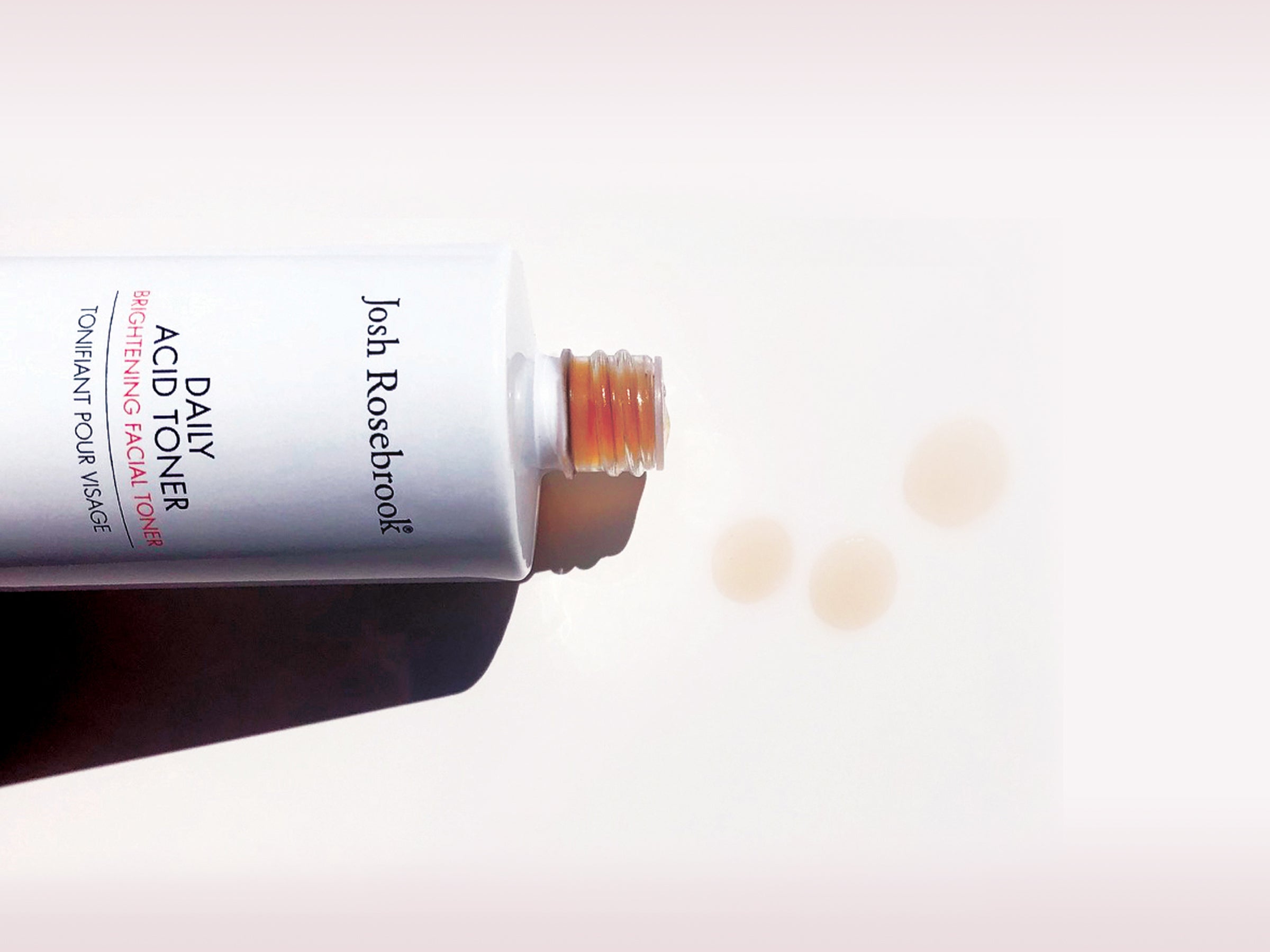
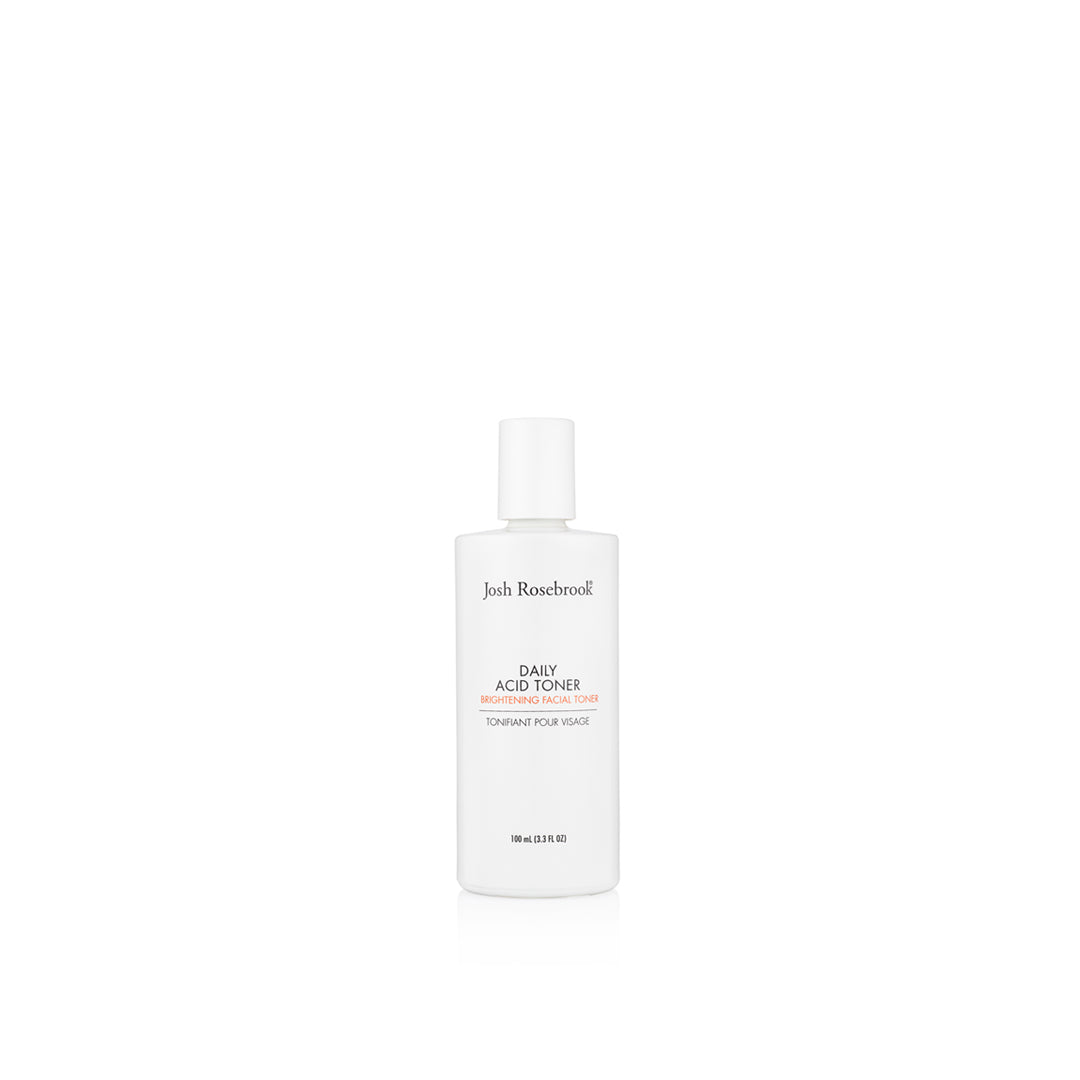
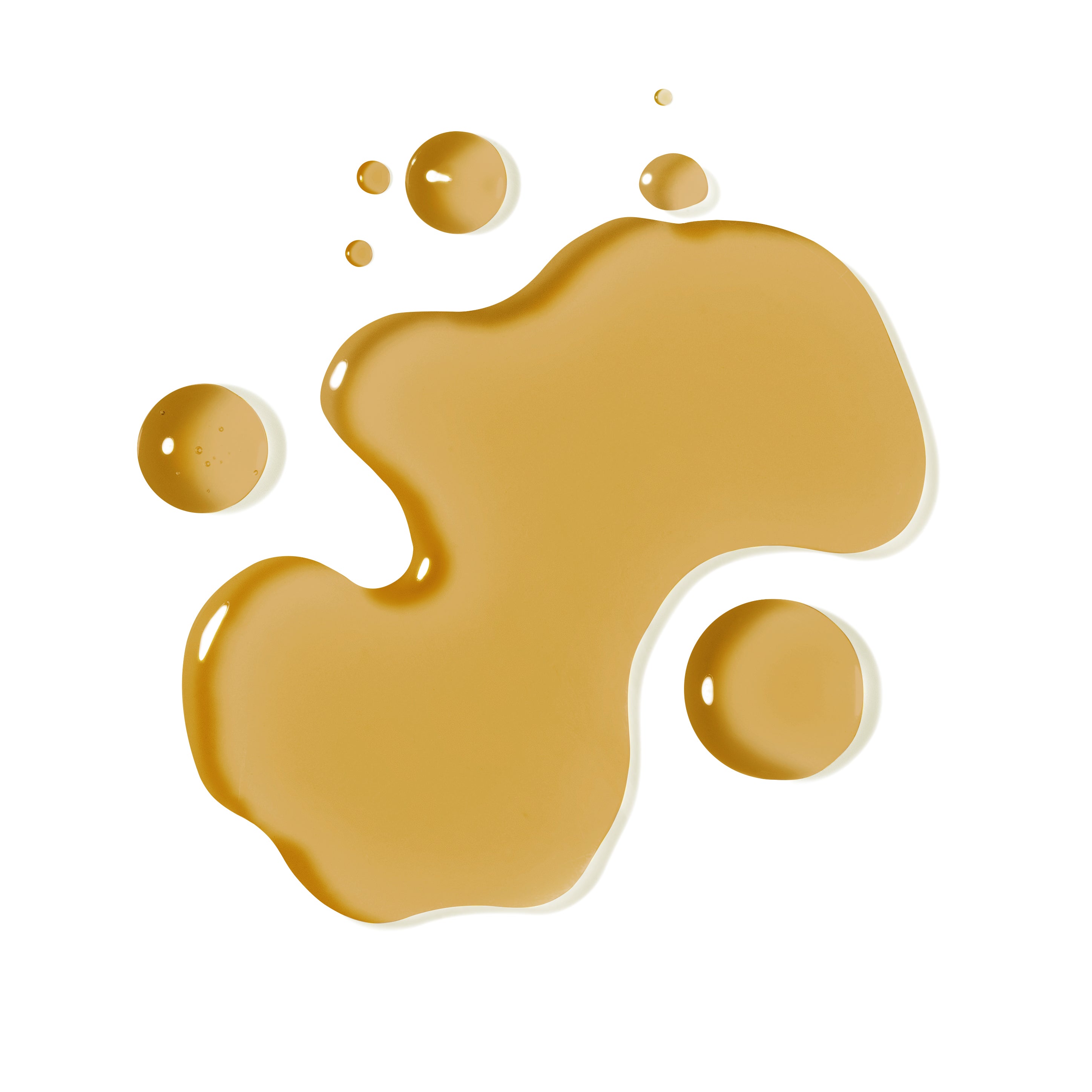

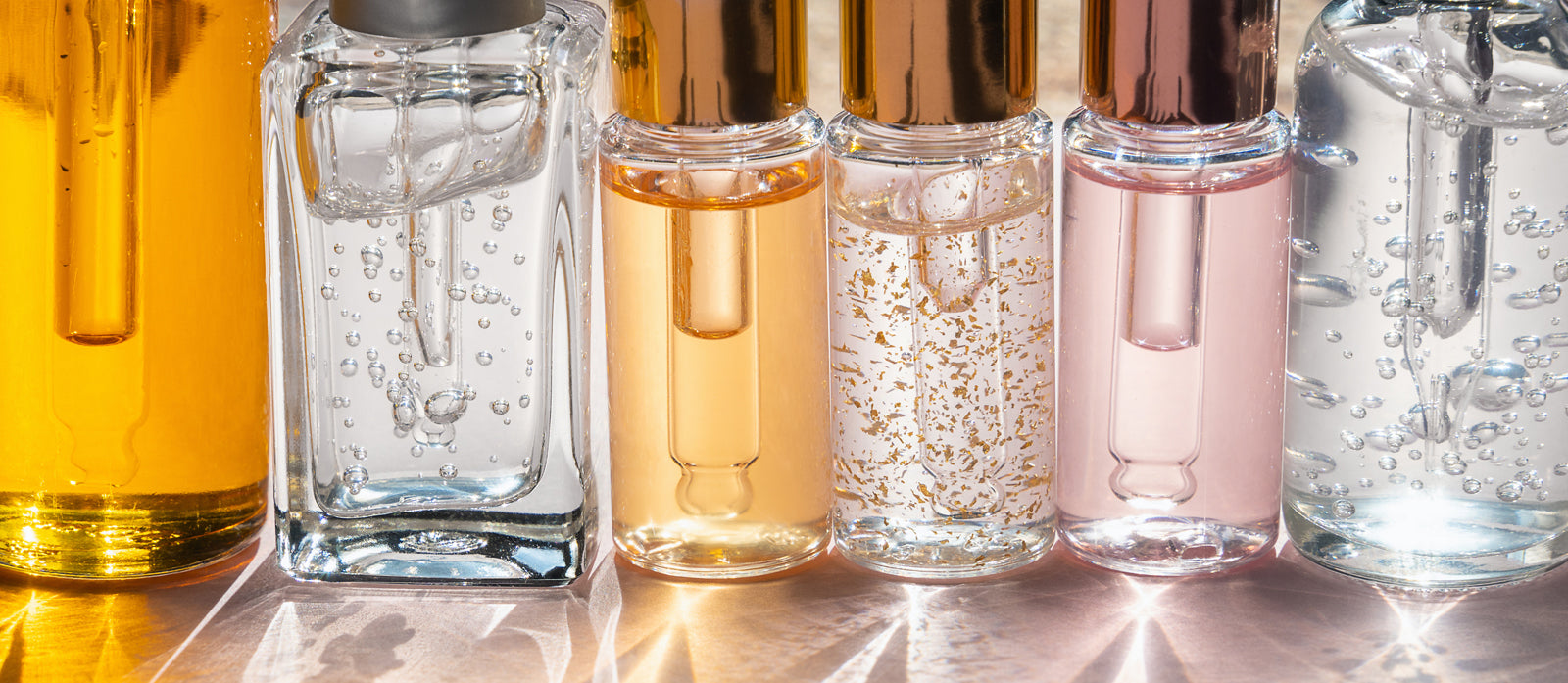
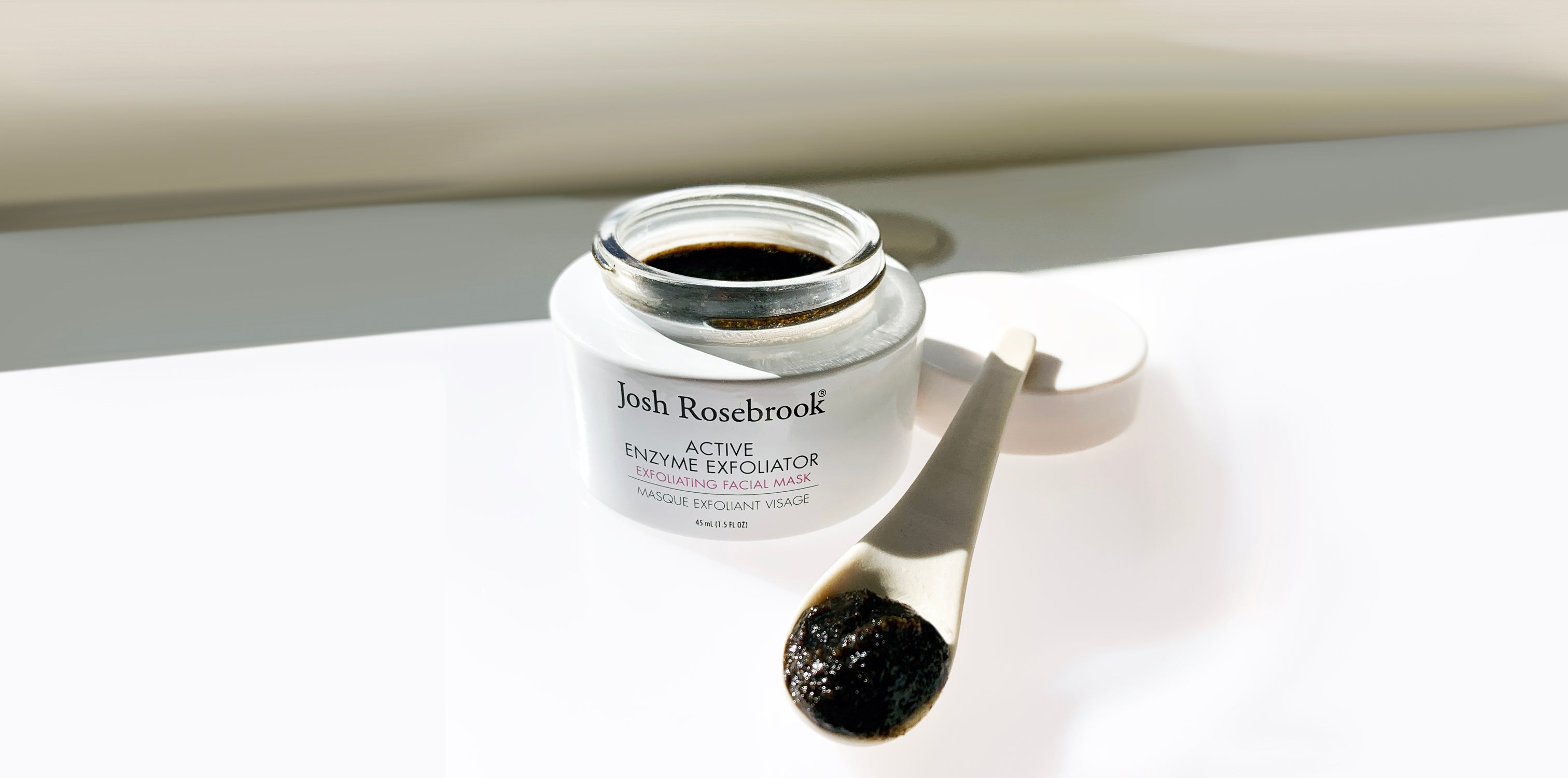
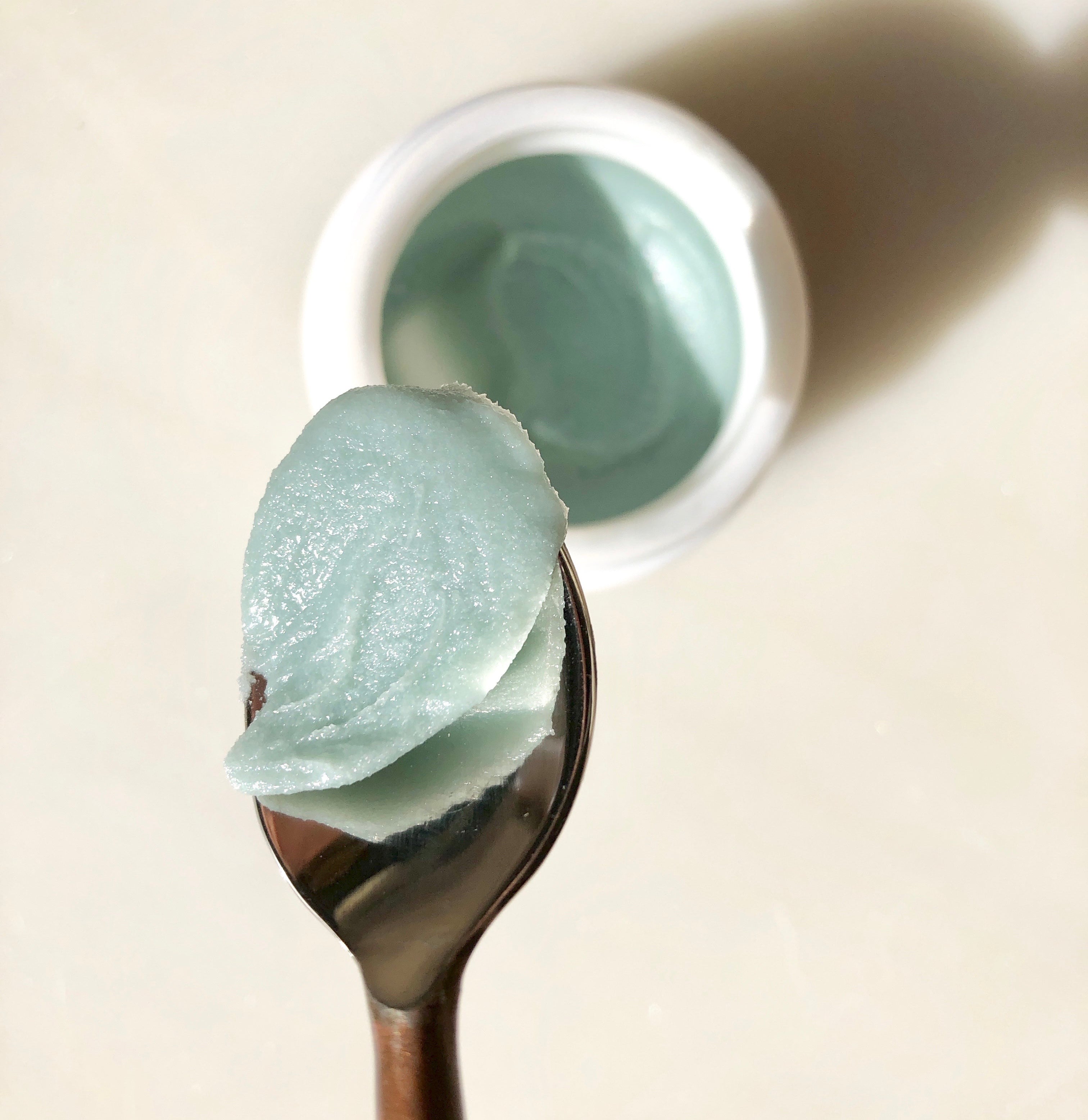
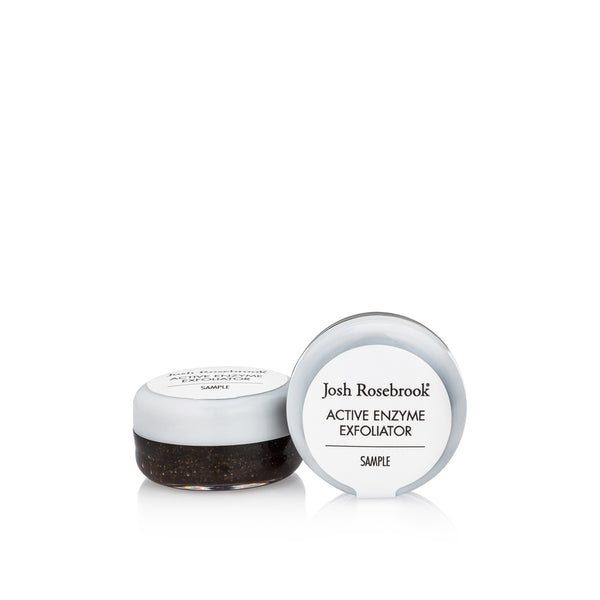
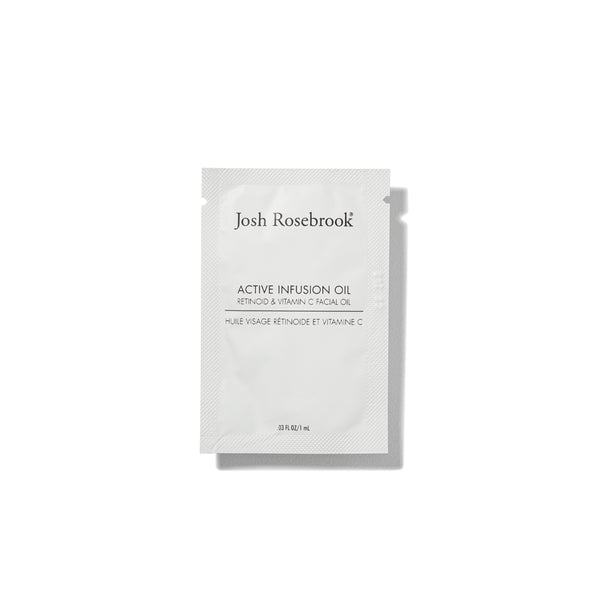

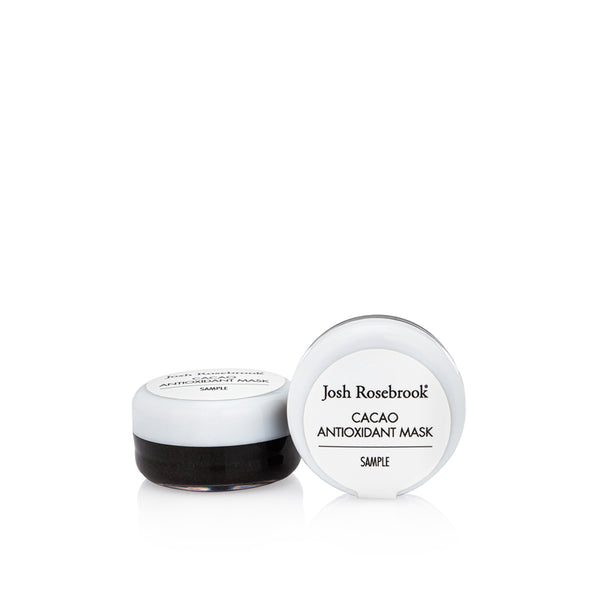
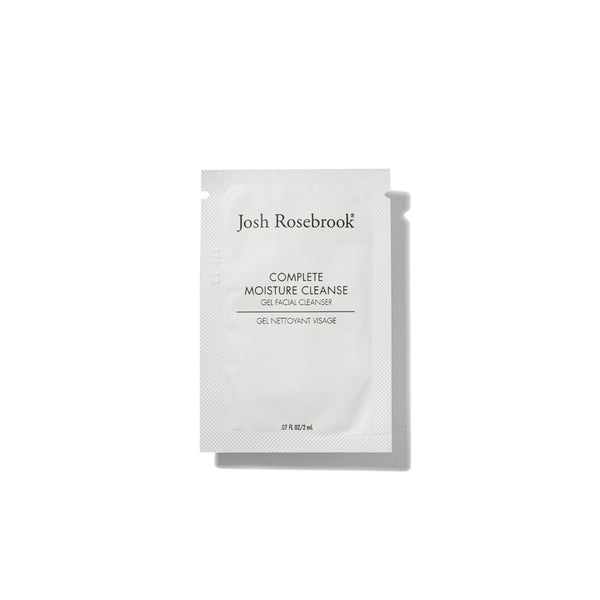
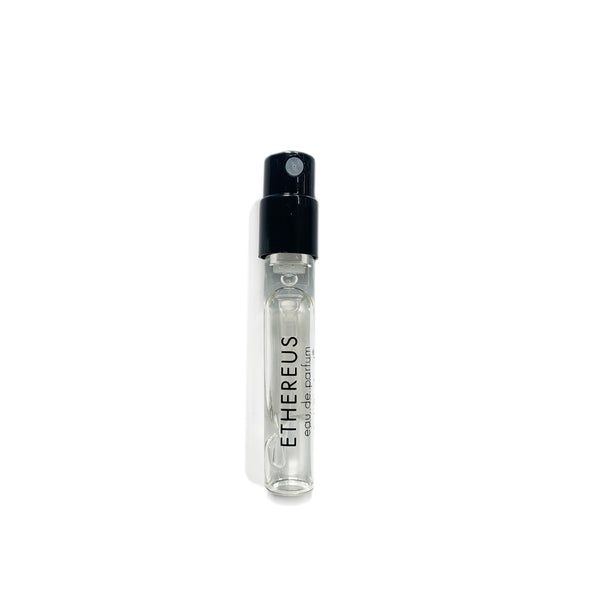

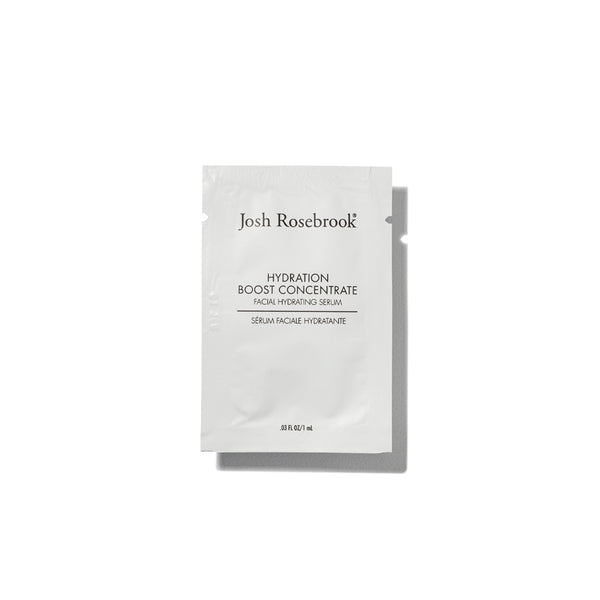
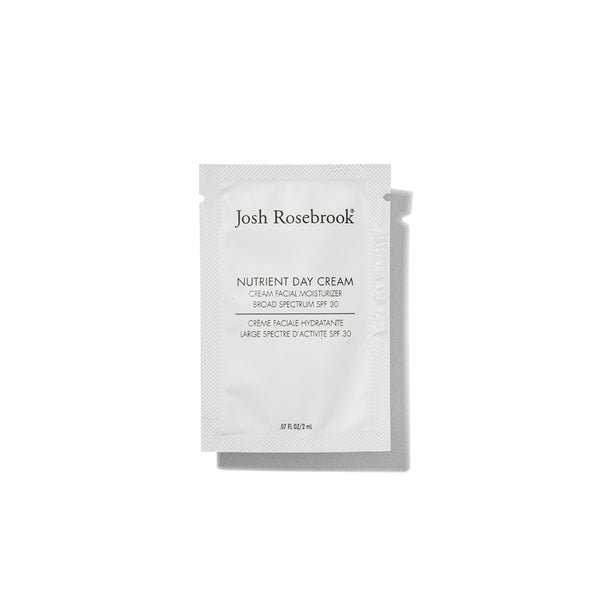
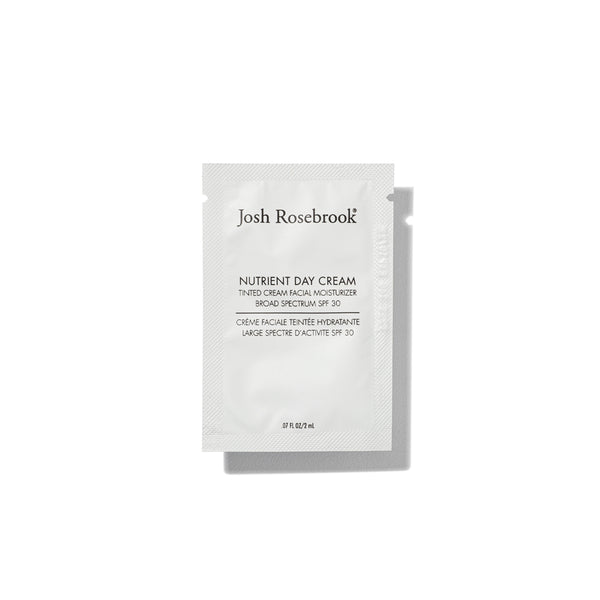
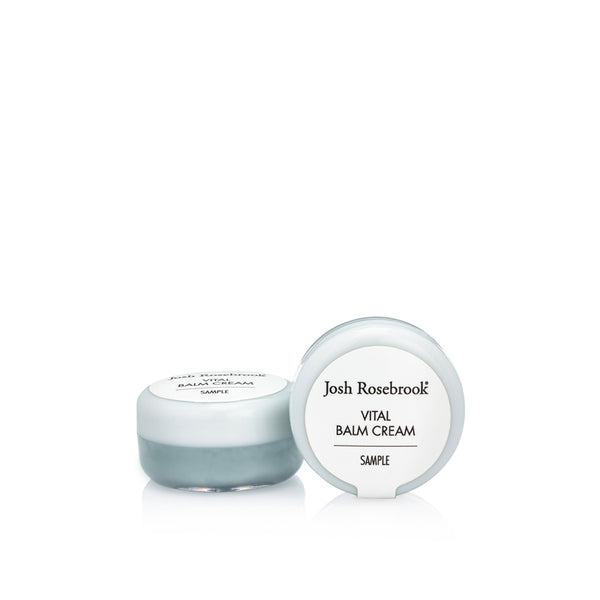
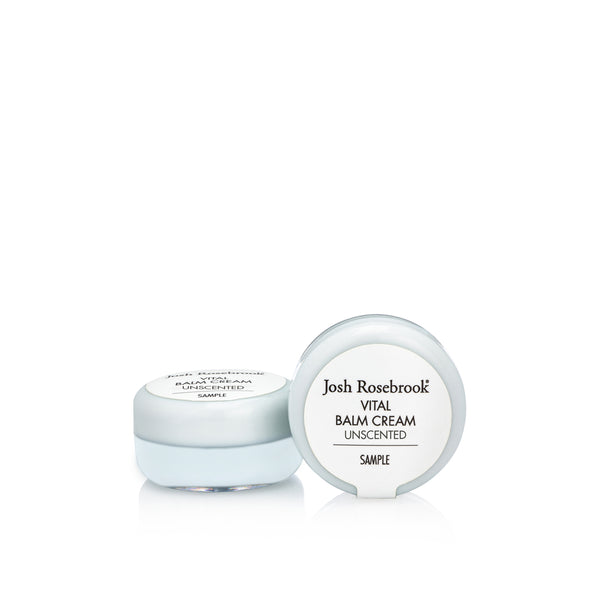
WRITTEN BY Josh Rosebrook